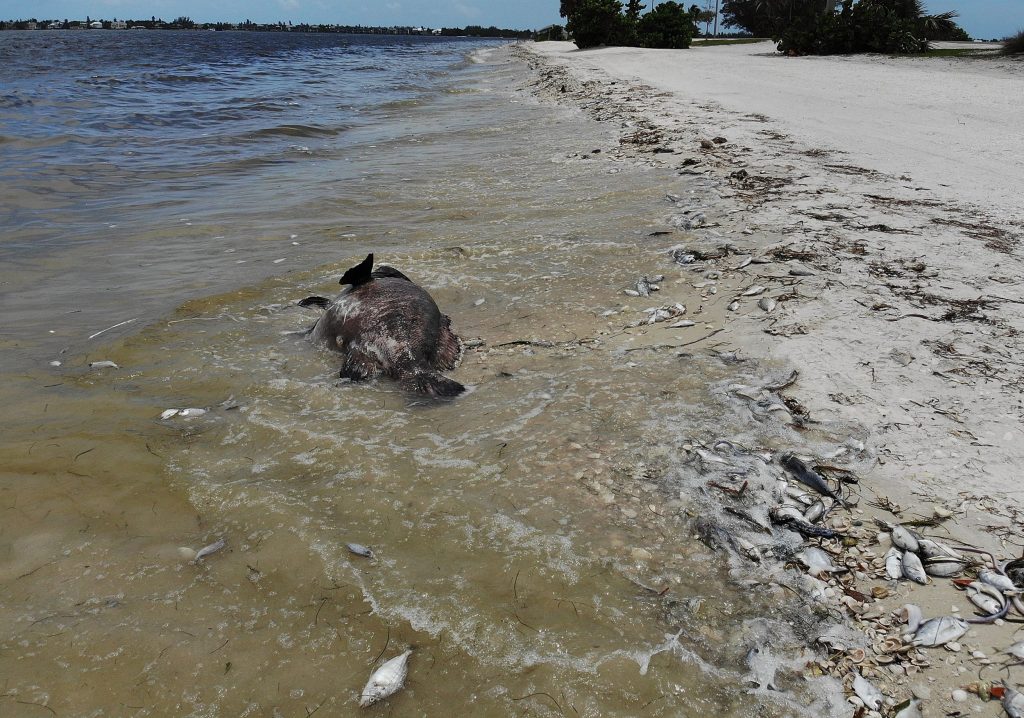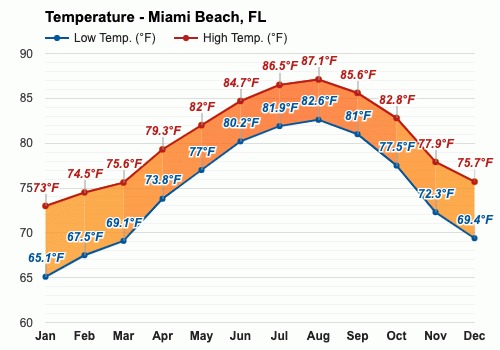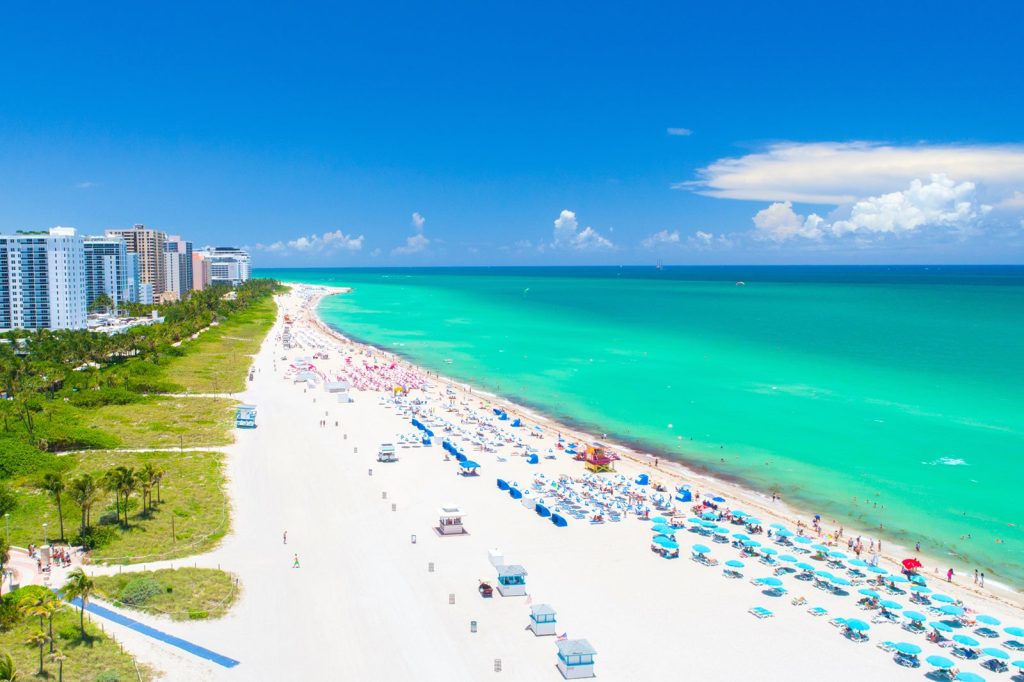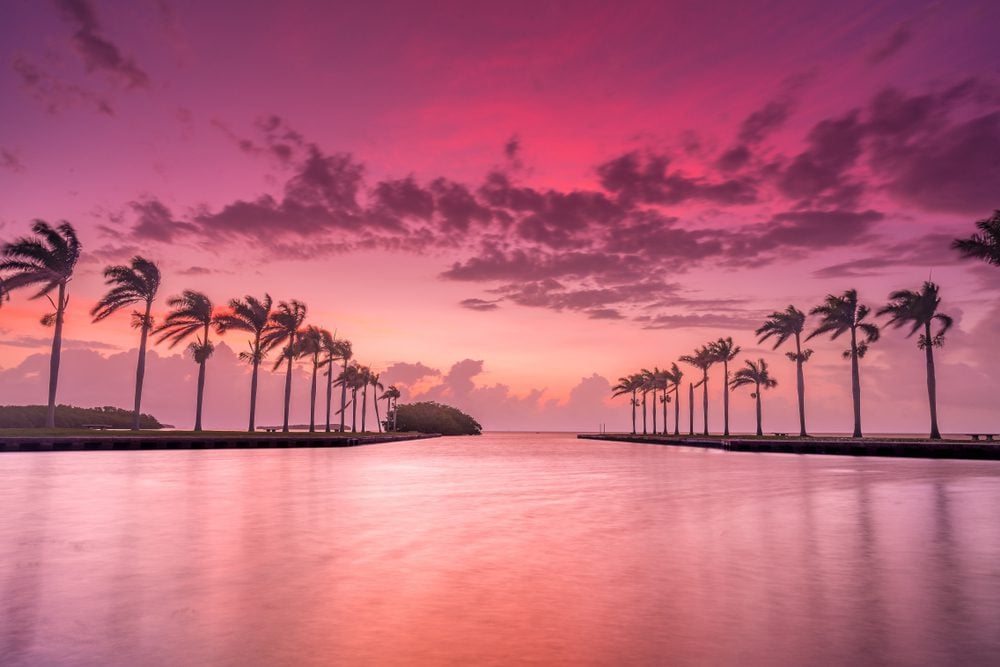Ah, Miami Beach. The sun, the sand, the beautiful ocean waves crashing against the shore… It’s a paradise for tourists and locals alike. But hey, have you heard about the latest buzz surrounding Miami Beach? There’s been talk about something called “red tide.” Now, before you start panicking or canceling your beach plans, let me break it down for you. Is there red tide in Miami Beach? Well, let’s dive in and find out!
Now, I know what you’re thinking. What on earth is red tide? Is it some kind of tropical cocktail? Well, not quite. Red tide refers to a natural phenomenon where certain species of algae multiply rapidly, causing the water to turn a reddish color. It’s not harmful to humans directly, but it can have some serious consequences for marine life and the ecosystem as a whole. So, is Miami Beach currently dealing with red tide? Let’s explore that question and get to the bottom of it, shall we?
Is There Red Tide in Miami Beach?
Currently, Miami Beach is not experiencing a red tide. Red tide refers to an algal bloom that can occur in coastal areas, leading to harmful effects on marine life and human health. While red tide can occur in Florida, it is not a constant presence and can vary in location and intensity. It is always recommended to check with local authorities or visit the Florida Fish and Wildlife Conservation Commission’s website for the most up-to-date information on red tide conditions in Miami Beach.
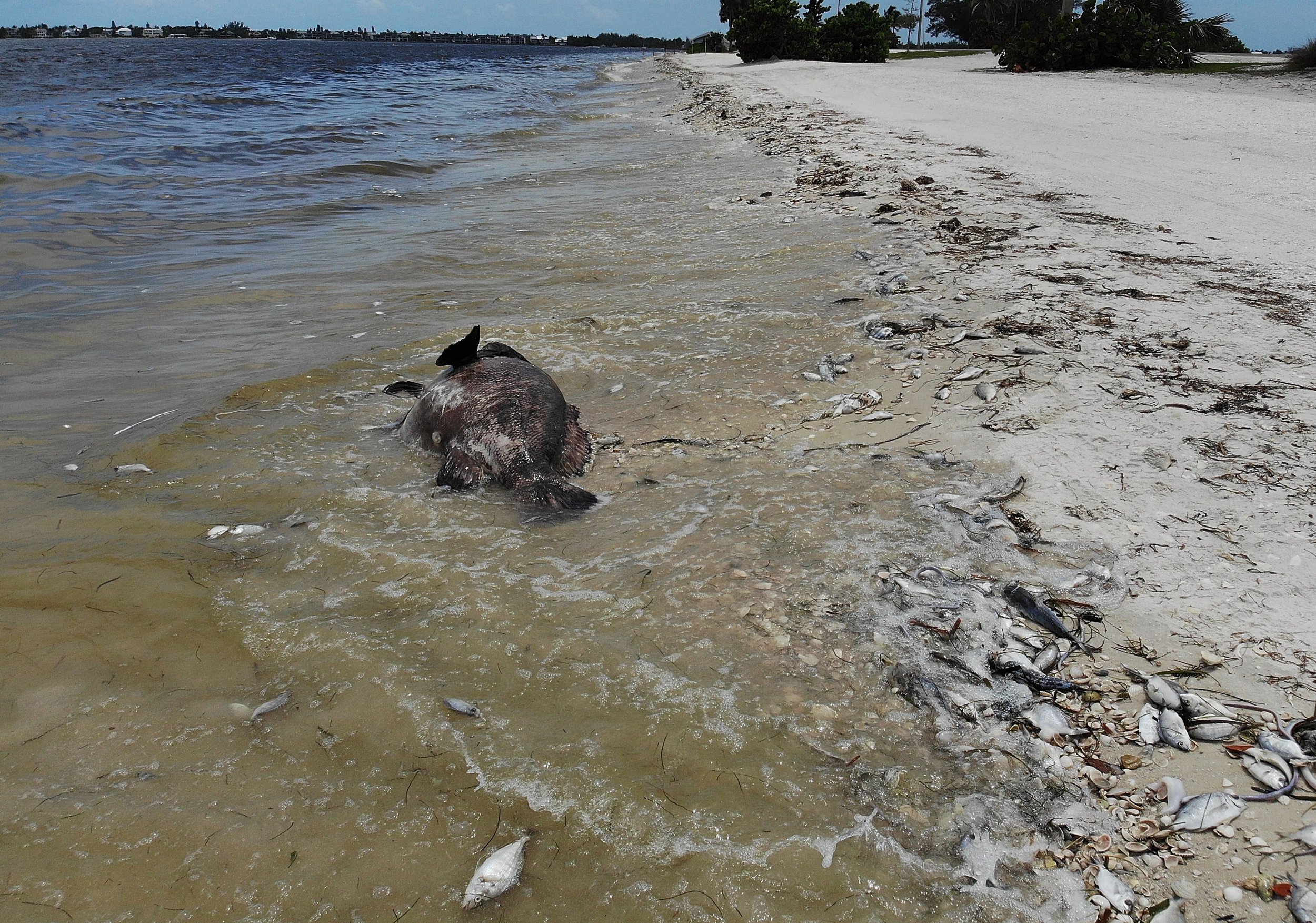
Is There Red Tide in Miami Beach?
Red tide is a natural phenomenon that occurs when there is a high concentration of harmful algae in the water. These algae produce toxins that can be harmful to marine life and can even pose a risk to human health. Many coastal areas around the world have experienced red tide events, and Miami Beach is no exception. In recent years, there have been reports of red tide occurring in the waters off Miami Beach, causing concern among locals and tourists alike.
The Impact of Red Tide on Miami Beach
Red tide can have a significant impact on the ecosystem of Miami Beach. When the algae bloom, it can lead to fish kills, as the toxins released by the algae can suffocate marine life. This not only affects the fish and other marine creatures directly, but it also disrupts the food chain, as many other animals rely on these fish for their survival. The decaying fish can also lead to foul odors and unsightly beaches, which can deter tourists and have a negative impact on the local economy.
In addition to harming marine life, red tide can also be harmful to human health. The toxins produced by the algae can be aerosolized and carried by the wind, causing respiratory issues in people who are sensitive to these toxins. This can lead to coughing, sneezing, and difficulty breathing, especially for individuals with pre-existing respiratory conditions such as asthma. The presence of red tide can also lead to beach closures, depriving locals and tourists of the enjoyment of Miami Beach’s beautiful coastline.
Causes of Red Tide in Miami Beach
Red tide is primarily caused by nutrient pollution, specifically the excess nitrogen and phosphorus that enters the water from various sources such as fertilizer runoff, sewage discharges, and stormwater runoff. These nutrients fuel the growth of the algae, leading to the formation of red tide blooms. Climate change can also play a role in the occurrence of red tide, as rising sea temperatures and changes in ocean currents can create favorable conditions for the growth of the harmful algae.
The Role of Environmental Factors
Environmental factors such as temperature, salinity, and nutrient availability all play a role in the occurrence and severity of red tide in Miami Beach. Warmer waters and higher nutrient levels can promote the growth of algae, while changes in salinity can affect the distribution and movement of the red tide blooms. Understanding these environmental factors is crucial for predicting and managing red tide events in Miami Beach.
Preventing and Managing Red Tide in Miami Beach
Preventing and managing red tide in Miami Beach requires a multi-faceted approach. One key strategy is to reduce nutrient pollution by implementing stricter regulations on fertilizer use, improving wastewater treatment, and implementing stormwater management practices to reduce runoff. Educating the public about the importance of responsible nutrient management and the potential impacts of red tide can also help to reduce nutrient pollution.
Monitoring and early detection of red tide blooms are also essential. Regular monitoring of water quality can help to identify the presence of harmful algae and allow for timely action to be taken. This can include closing affected beaches, issuing public health advisories, and implementing strategies to mitigate the impacts of red tide on marine life.
Collaboration between government agencies, scientists, and local communities is crucial for effective red tide management. By working together, it is possible to develop strategies and technologies to mitigate the impacts of red tide and protect the health of Miami Beach’s ecosystem.
In conclusion, red tide is a natural phenomenon that can occur in the waters off Miami Beach. It can have significant impacts on marine life, human health, and the local economy. Preventing and managing red tide requires a multi-faceted approach, including reducing nutrient pollution, monitoring water quality, and implementing timely actions to mitigate the impacts of red tide. By working together, we can protect the health and beauty of Miami Beach’s coastline.
Key Takeaways
- Red tide is a harmful algal bloom that can occur in ocean waters.
- Red tide can cause fish kills and produce toxins that can be harmful to humans.
- Red tide is not currently present in Miami Beach.
- Monitoring programs are in place to detect and respond to red tide events.
- It’s always a good idea to check with local authorities for the latest information on red tide conditions.
Frequently Asked Questions
Red tide is a natural phenomenon caused by an overgrowth of harmful algae that can have detrimental effects on marine life and human health. Many beachgoers in Miami are concerned about the presence of red tide and its impact on the local environment. Here are some commonly asked questions about red tide in Miami Beach.
1. What is red tide and how does it affect Miami Beach?
Red tide is caused by the excessive growth of algae called Karenia brevis. These algae produce toxins that can harm marine animals and cause respiratory irritation in humans. When red tide occurs in Miami Beach, it can lead to fish kills, respiratory issues, and closure of beaches due to safety concerns.
It is important to stay informed about the presence of red tide in Miami Beach and follow any advisories or warnings issued by local authorities to protect both yourself and the marine ecosystem.
2. Is there currently red tide in Miami Beach?
As of the latest reports, there is no active red tide presence in Miami Beach. However, it is always recommended to check with local authorities or visit the Florida Fish and Wildlife Conservation Commission website for real-time updates on red tide conditions in the area.
It is important to note that red tide can be unpredictable, and conditions can change rapidly. Therefore, staying informed and taking necessary precautions is crucial to ensure the safety and well-being of both residents and visitors in Miami Beach.
3. What are the signs and symptoms of red tide exposure?
Exposure to red tide can cause a range of symptoms, especially in individuals with respiratory conditions such as asthma. Common signs of red tide exposure include coughing, sneezing, itchy or watery eyes, and throat irritation. In severe cases, it can lead to difficulty breathing.
If you experience any of these symptoms while visiting Miami Beach, it is advisable to seek medical attention and limit your exposure to the affected areas until the situation improves.
4. How long does red tide typically last in Miami Beach?
The duration of red tide in Miami Beach can vary depending on various factors such as water conditions, weather patterns, and nutrient availability. In some cases, red tide can last for a few weeks, while in others it may persist for several months.
It is important to note that red tide can come and go, and its presence can be influenced by natural factors. Regular monitoring and updates from local authorities will provide the most accurate information regarding the duration of red tide in Miami Beach.
5. What precautions should I take during red tide in Miami Beach?
During red tide, it is advisable to avoid swimming in affected areas and follow any beach closures or advisories issued by local authorities. If you experience respiratory symptoms, consider wearing a mask or avoiding outdoor activities in areas with high concentrations of red tide.
Additionally, it is important to avoid consuming seafood from areas affected by red tide, as the toxins produced by the algae can accumulate in shellfish and fish. Stay informed about the latest updates on red tide conditions and follow the guidelines provided by health and environmental agencies to ensure your safety during this natural phenomenon.
Several Miami-Dade beaches tested for red tide
Final Thought: Is Red Tide a Concern in Miami Beach?
After exploring the topic of red tide in Miami Beach, it is evident that this natural phenomenon can indeed affect the area. Red tide refers to the occurrence of harmful algal blooms that can lead to the discoloration of water and the release of toxins. While Miami Beach has not experienced a severe red tide outbreak in recent years, it is important to stay informed and take necessary precautions when visiting the beach.
Although the presence of red tide may vary from time to time, it is crucial to prioritize the well-being and safety of both residents and tourists. By staying informed about the current conditions and heeding any warnings or advisories issued by local authorities, visitors can make informed decisions about their beach activities. Additionally, individuals can help mitigate the potential impact of red tide by adopting sustainable practices that reduce pollution and support the overall health of the marine ecosystem.
In conclusion, while red tide may not be a constant concern in Miami Beach, it is still important to remain vigilant and stay informed about the current conditions to ensure a safe and enjoyable beach experience. By taking necessary precautions and adopting sustainable practices, we can all contribute to the preservation of Miami Beach’s natural beauty and the well-being of its residents and visitors alike.

